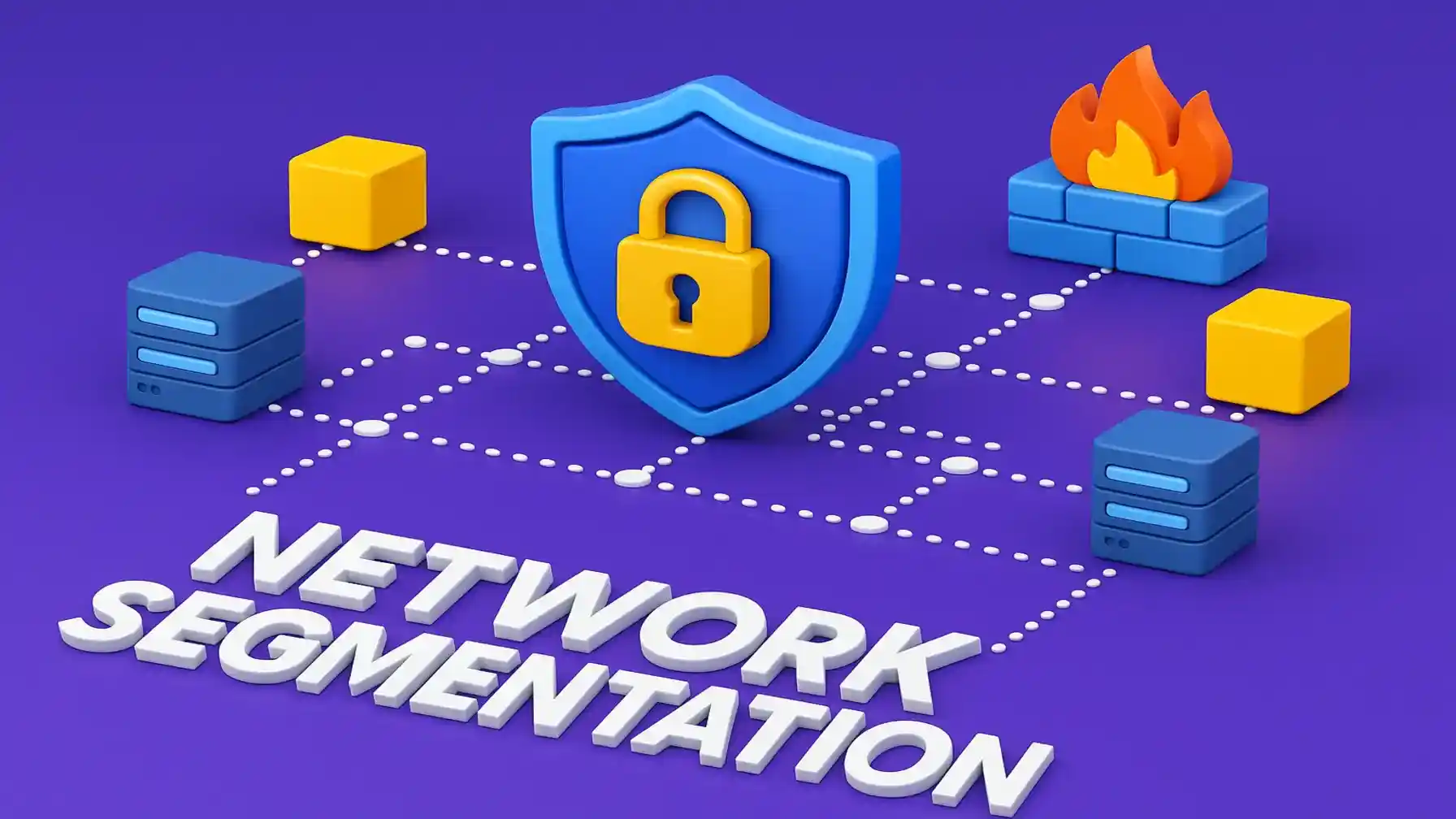With climate change accelerating, carbon offset programs have become an essential tool in the fight against rising global temperatures. These programs allow individuals, businesses, and organizations to counterbalance their carbon emissions by investing in projects that remove or reduce greenhouse gases from the atmosphere. Whether through reforestation, renewable energy projects, or energy efficiency improvements, carbon offsetting helps mitigate the damage caused by daily activities such as driving, flying, or industrial operations.
The need for carbon offset programs has grown significantly as more companies and governments set ambitious net-zero targets. However, many people remain confused about how these programs work, their effectiveness, and whether they genuinely contribute to long-term sustainability. In this comprehensive guide, we’ll explore how carbon offset programs function, their different types, and how you can participate in reducing your carbon footprint.
What are Carbon Offset Programs?
Carbon offset programs are designed to balance out greenhouse gas emissions by supporting initiatives that either prevent emissions or actively remove carbon dioxide (CO₂) from the atmosphere. The goal is to achieve “carbon neutrality,” where the total emissions produced are counteracted by equivalent reductions elsewhere.
How Carbon Offsetting Works?
The process of carbon offsetting follows three main steps:
-
Measure – The first step is calculating your carbon footprint using specialized online tools or professional assessments. This helps determine the volume of emissions that need to be offset.
-
Reduce – Before purchasing offsets, the primary focus should be on reducing emissions through sustainable practices such as energy efficiency, waste reduction, and adopting greener transportation methods.
-
Offset – The final step is investing in verified offset projects that absorb or prevent CO₂ emissions, effectively compensating for your unavoidable carbon footprint.
Also Read: Solar Water Heaters Reduce Energy Costs and Bills
By participating in carbon offset programs, individuals and businesses can take responsibility for their environmental impact while supporting global sustainability initiatives.
Types of Carbon Offset Programs:
Carbon offset projects vary widely, but they generally fall into five main categories:
1. Renewable Energy Projects
Renewable energy is one of the most popular and effective ways to offset carbon emissions. Projects that generate electricity from solar, wind, and hydropower sources help replace fossil fuel-based power, reducing overall CO₂ emissions.
-
Wind Energy: Wind turbines generate clean electricity without releasing greenhouse gases. By supporting wind farms, you help reduce reliance on coal and gas-powered plants.
-
Solar Energy: Solar panels harness the sun’s power to generate electricity, cutting down on fossil fuel consumption. Many carbon offset programs invest in large-scale solar farms.
-
Hydropower: Small-scale hydroelectric projects provide sustainable energy solutions without the harmful emissions of traditional power plants.
2. Forestry and Reforestation Initiatives
Forests are natural carbon sinks, absorbing CO₂ from the atmosphere and storing it in trees and soil. Deforestation, however, contributes significantly to carbon emissions. Supporting forest conservation or tree-planting projects can make a major difference.
-
Reforestation: Planting new trees in deforested areas helps absorb carbon and restore ecosystems.
-
Avoided Deforestation: Protecting existing forests prevents emissions from land clearance and promotes biodiversity.
3. Methane Capture and Reduction
Methane is a potent greenhouse gas, over 25 times more effective at trapping heat than CO₂. Many carbon offset programs focus on capturing methane emissions from landfills, wastewater treatment plants, and agricultural waste.
-
Landfill Gas Capture: Capturing methane from decomposing waste and converting it into usable energy prevents it from escaping into the atmosphere.
-
Agricultural Methane Reduction: Implementing better waste management in farms helps lower methane emissions from livestock and manure.
4. Energy Efficiency Programs
Increasing energy efficiency reduces overall emissions by lowering the demand for electricity and fuel. Common energy efficiency projects include:
-
LED Lighting: Replacing traditional bulbs with LED lighting significantly cuts energy consumption.
-
Fuel-Efficient Cookstoves: In developing regions, traditional cooking methods produce large amounts of CO₂. High-efficiency stoves reduce fuel usage and pollution.
-
Building Insulation: Improving insulation in homes and commercial buildings lowers energy demand for heating and cooling.
5. Carbon Capture and Storage (CCS)
This advanced technology captures CO₂ emissions from industrial sources and stores them underground, preventing their release into the atmosphere. While still a developing field, CCS offers great potential for large-scale emission reductions.
Benefits of Carbon Offset Programs:
Participating in carbon offset programs provides a wide range of environmental, economic, and social benefits. Here are some of the key advantages:
1. Reducing Greenhouse Gas Emissions
By supporting emission reduction projects, carbon offset programs help slow the progression of climate change. Investing in renewable energy, reforestation, or methane capture directly reduces the amount of greenhouse gases in the atmosphere.
2. Supporting Sustainable Development
Many carbon offset programs operate in developing countries, where they provide social and economic benefits alongside environmental improvements. Projects such as clean cooking stoves and renewable energy installations improve quality of life while reducing emissions.
3. Enhancing Corporate Social Responsibility (CSR)
Businesses that invest in carbon offset programs demonstrate a commitment to sustainability. This enhances their reputation, attracts environmentally conscious customers, and strengthens relationships with investors and stakeholders.
4. Promoting Renewable Energy Growth
Funding renewable energy projects accelerates the transition away from fossil fuels. Increased investment in clean energy helps drive down costs and expand access to sustainable power.
5. Encouraging Personal Responsibility
For individuals, participating in carbon offset programs fosters environmental awareness and responsibility. It encourages people to adopt greener habits and think critically about their carbon footprint.
How to Choose the Right Carbon Offset Program?
With so many carbon offset programs available, it’s important to choose a credible and impactful one. Here are some key factors to consider:
1. Look for Certification
Trustworthy programs have third-party certifications that verify their effectiveness and transparency. Some of the most reputable certifications include:
-
Gold Standard – Focuses on high-quality carbon reduction projects with verified social and environmental benefits.
-
Verified Carbon Standard (VCS) – One of the largest global standards for voluntary carbon offsetting.
-
Climate Action Reserve – Ensures carbon credits represent real, measurable reductions in emissions.
2. Ensure Transparency
Reputable carbon offset programs provide clear information on how funds are used, project locations, and expected carbon reductions. Look for programs that regularly publish reports and audits.
3. Prioritize Additionality
The concept of “additionality” means that the carbon reductions achieved by a project would not have happened without the offset program’s support. Ensure that your chosen program funds initiatives that genuinely need financial backing to exist.
4. Consider Project Type
Some people prefer nature-based solutions like reforestation, while others may want to support renewable energy or energy efficiency projects. Choose a project that aligns with your values and priorities.
5. Evaluate Cost
The price per ton of CO₂ offset varies widely. While cheaper options may seem attractive, it’s crucial to ensure that the cost reflects the quality and impact of the project.
Top Carbon Offset Programs in 2024
If you’re looking for reliable and impactful carbon offset programs, here are some top-rated options:
1. Cool Effect
A non-profit platform offering high-quality carbon offsets in projects like reforestation, clean cookstoves, and methane reduction.
2. Gold Standard
A widely respected certification body that ensures carbon offsets provide real and measurable environmental benefits.
3. Climate Neutral
Works with brands to measure, reduce, and offset their carbon footprint through verified projects.
4. TerraPass
Offers offset solutions for both individuals and businesses, supporting renewable energy and landfill gas capture.
5. MyClimate
A Swiss organization funding sustainability projects worldwide, including reforestation and clean energy.
Are Carbon Offset Programs Effective?
The effectiveness of carbon offset programs depends on how well they are designed, verified, and implemented. While they play a crucial role in reducing global emissions, they are not a standalone solution to climate change.
Pros of Carbon Offsetting
- ✅ Reduces Greenhouse Gas Emissions – Offsets help compensate for unavoidable emissions, contributing to climate change mitigation.
- ✅ Encourages Investment in Green Technology – Many projects support the development of clean energy, sustainable agriculture, and reforestation.
- ✅ Supports Conservation Efforts – Some offset programs focus on preserving forests and ecosystems that naturally absorb CO₂.
- ✅ Provides Social and Economic Benefits – Many programs operate in developing regions, offering job opportunities and improving local living conditions.
Challenges and Criticisms
- ⚠ Lack of Standardization – Not all carbon offset programs adhere to strict guidelines, leading to variations in quality and impact.
- ⚠ Risk of Greenwashing – Some corporations use offsets as a marketing tool without making real efforts to reduce emissions.
- ⚠ Delay in Carbon Removal – Tree-planting projects take years to absorb significant amounts of CO₂, raising concerns about immediate climate action.
To maximize effectiveness, individuals and businesses should choose verified and high-quality carbon offset programs while prioritizing direct emission reductions.
How Individuals Can Participate in Carbon Offset Programs?

Anyone can take part in carbon offset programs, regardless of their location or lifestyle. Whether you’re looking to neutralize emissions from travel, daily activities, or your household, there are various ways to get involved.
1. Offset Your Travel Emissions
Transportation—especially air travel—is one of the largest sources of individual carbon emissions. Many airlines offer carbon offset programs, allowing passengers to invest in environmental projects that compensate for their flight-related emissions.
-
Choose airlines with reputable offset partnerships.
-
Consider train or bus travel for shorter distances.
-
Use carbon calculators to determine the emissions of your trips.
2. Support Eco-Friendly Brands
Many companies now integrate carbon offset programs into their business model. By choosing brands that actively invest in carbon reduction projects, you contribute indirectly to sustainability efforts.
-
Look for carbon-neutral certifications on products.
-
Support businesses that prioritize sustainability in their supply chain.
-
Research brands that invest in high-quality offset projects.
3. Offset Your Household Carbon Footprint
Your home’s energy consumption, waste production, and transportation choices all contribute to your carbon footprint. Offsetting household emissions can be done by:
-
Switching to renewable energy providers.
-
Using carbon calculators to estimate and offset emissions.
-
Supporting carbon reduction projects related to clean energy and reforestation.
4. Donate to Certified Carbon Offset Projects
If you want to make a direct impact, donating to high-quality carbon offset programs can be an effective way to support emission reduction initiatives. Look for projects certified by trusted organizations such as Gold Standard or VCS.
How Businesses can Integrate Carbon Offsetting?
Businesses have a significant role to play in reducing emissions and contributing to sustainability. Many organizations incorporate carbon offset programs as part of their corporate social responsibility (CSR) strategies.
1. Measure and Reduce Emissions
Before offsetting, companies should first conduct a carbon audit to understand their overall emissions. Key areas to assess include:
-
Energy consumption in offices and production facilities.
-
Business travel and transportation emissions.
-
Supply chain and procurement practices.
Once identified, businesses can implement strategies to reduce emissions, such as transitioning to renewable energy and improving energy efficiency.
2. Invest in Verified Carbon Credits
After reducing as much as possible, businesses can purchase carbon credits to offset the remaining emissions. Each credit represents one metric ton of CO₂ reduced or removed from the atmosphere.
-
Choose credits from certified carbon offset programs.
-
Support projects aligned with the company’s sustainability goals.
-
Ensure transparency by sharing offset investments in sustainability reports.
3. Promote Sustainable Supply Chains
Many businesses work with suppliers that have significant carbon footprints. Encouraging sustainable sourcing and partnering with suppliers that follow eco-friendly practices can reduce emissions across the supply chain.
-
Prioritize materials from sustainable sources.
-
Work with logistics providers using clean energy transportation.
-
Require sustainability commitments from vendors and partners.
4. Educate Employees and Customers
Companies should also encourage employees and customers to adopt sustainable practices. Initiatives such as workplace recycling programs, remote work options, and carbon offset purchase incentives can make a significant impact.
-
Provide educational resources on carbon offsetting.
-
Encourage employees to reduce business travel when possible.
-
Offer incentives for customers who choose carbon-neutral products.
The Future of Carbon Offset Programs:
The global carbon market is evolving, with new developments shaping the future of carbon offset programs. As the world moves toward ambitious climate targets, offsets will continue to play a critical role in bridging the gap between emission reductions and net-zero goals.
1. Increasing Regulatory Standards
Governments are now implementing stricter regulations to ensure the credibility of carbon offsets. Enhanced verification processes and new policies will help eliminate low-quality or fraudulent offset projects.
2. Growth in Nature-Based Solutions
Nature-based solutions like reforestation and soil carbon sequestration are gaining popularity. These projects not only reduce CO₂ but also provide additional environmental benefits such as improved biodiversity and water conservation.
3. Integration with Carbon Markets
More businesses and organizations are participating in voluntary and compliance-based carbon markets. This integration will expand the availability of offsets and encourage greater investment in emission reduction projects.
4. Technological Advancements in Carbon Removal
Emerging technologies such as direct air capture (DAC) are improving the efficiency of carbon removal. These innovations will complement traditional offset methods and contribute to long-term climate solutions.
Conclusion:
Carbon offset programs provide an effective way to counterbalance emissions and support sustainability. However, while offsetting is a valuable tool, it should not replace efforts to reduce carbon footprints at the source. The best approach is a combination of emission reduction strategies and high-quality carbon offsets.
For individuals, offsetting travel emissions, choosing eco-friendly brands, and donating to verified projects are great ways to contribute. Businesses can integrate offsets into their sustainability strategies by measuring emissions, investing in carbon credits, and promoting green supply chains.
As we move toward a more sustainable future, the role of carbon offset programs will continue to grow. By making informed choices and supporting credible initiatives, we can all play a part in mitigating climate change.
FAQs:
1. Are carbon offset programs a permanent solution to climate change?
No, they are a complementary measure. The focus should remain on reducing emissions at the source. Offsetting helps compensate for unavoidable emissions but should not be used as an excuse for continued pollution.
2. How much does carbon offsetting cost?
The cost of carbon offsets varies depending on the project type and certification. Prices generally range from $5 to $50 per metric ton of CO₂ offset. High-quality projects with verifiable impact tend to be more expensive.
3. Can individuals participate in carbon offset programs?
Yes, individuals can offset emissions from travel, daily activities, and household energy use. Many online platforms provide options for purchasing carbon offsets based on personal carbon footprints.
Also Read: Wind Energy Solutions for Cost-Effective Energy Independence
4. What is the best carbon offset program?
The best programs are those with verified certification, transparency, and real impact. Organizations like Gold Standard, Cool Effect, and TerraPass are highly reputable.
5. Can businesses use carbon offsets for net-zero goals?
Yes, many companies integrate carbon offsets into their sustainability strategies to achieve net-zero emissions. However, offsets should be part of a broader effort that includes direct emission reductions.








